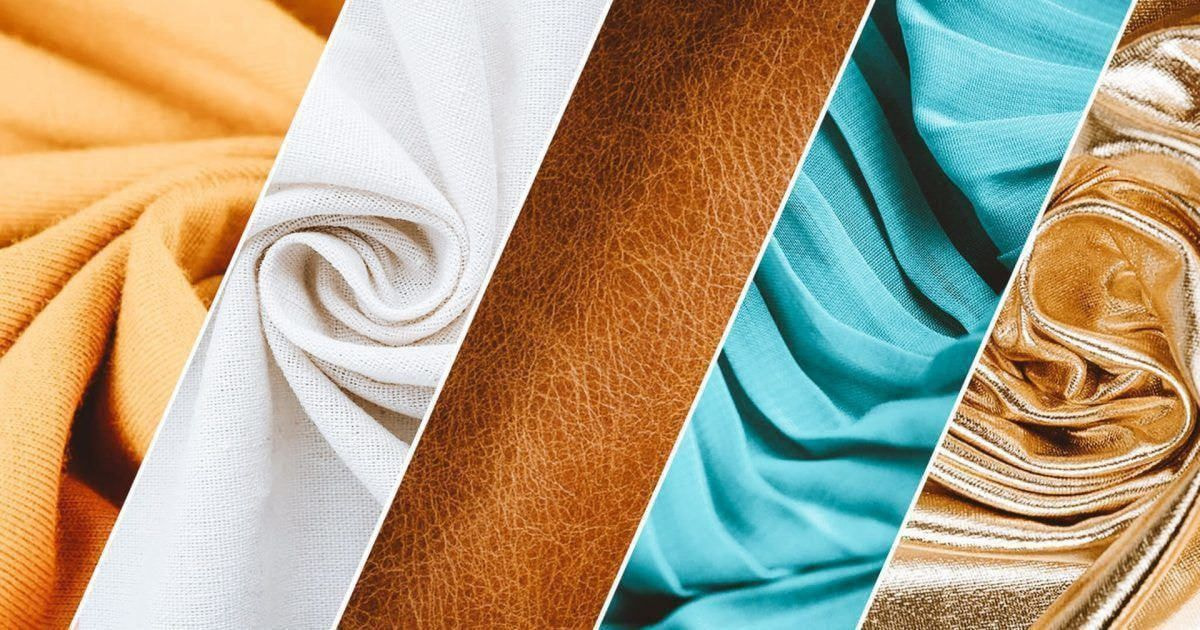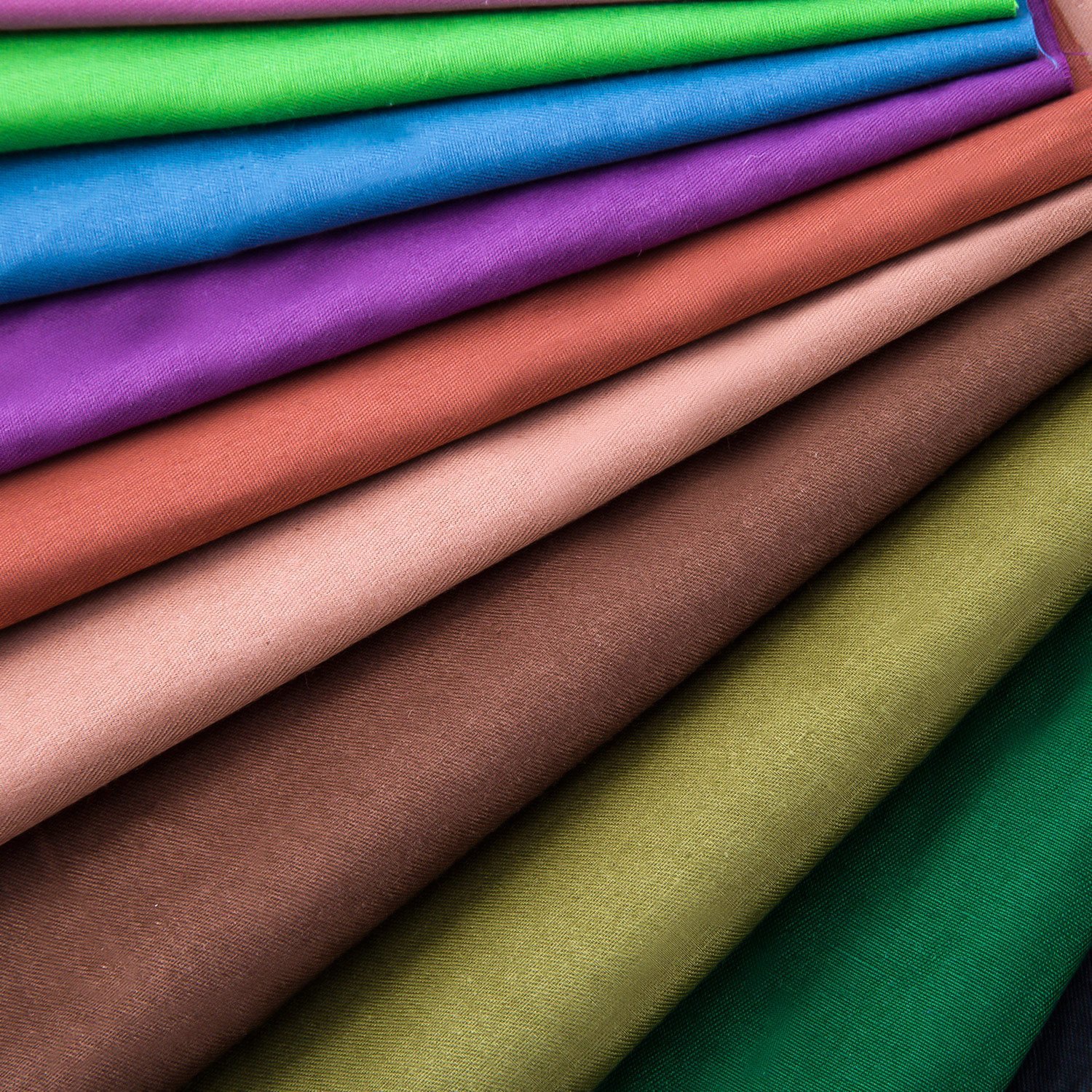Unveiling Iran's Exquisite Fabrics: A Journey Through Time And Craft
Table of Contents
- The Enduring Legacy of Fabric from Iran
- A Tapestry of Time: Iran's Ancient Textile Roots
- The Art of Weaving: Unraveling Persian Termeh Fabric
- Diverse Threads: Exploring the Range of Fabric from Iran
- Innovation and Industry: Modern Textile Production in Iran
- The Craftsmanship Behind Every Thread
- Beyond Borders: The Global Impact of Iranian Textiles
- Why Choose Fabric from Iran? Quality, Beauty, and Heritage
The Enduring Legacy of Fabric from Iran
Iran's textile industry is not merely a modern phenomenon; it is a profound continuation of a heritage stretching back millennia. Archeologists can date the country’s textile production back at least 10,000 years, a testament to the deep-rooted connection between the Iranian people and the art of weaving. In those early years, Persia produced tapestries and carpets for domestic and international markets, which were particularly renowned for their elaborate designs and colors. This long and storied history has cemented Iran's reputation as a global leader in textile artistry. Today, this legacy continues to thrive, with Iranian companies producing a diverse range of textile products, including carpets, blankets, knitwear, and various fabrics. These are created using sophisticated processes such as dyeing, weaving, spinning, and printing. The emphasis remains on quality, ensuring that each piece of fabric from Iran upholds the country's esteemed reputation.A Tapestry of Time: Iran's Ancient Textile Roots
The history of Iran's textile industry is as rich and intricate as the patterns woven into its most famous fabrics. It stretches back to the 11th and 12th centuries when the Gulf state was one of the world's premier exporters of textiles and silks to Europe, Asia, and the rest of the world. This period marked a golden age for Persian textiles, with their exquisite quality and unique designs captivating markets far and wide. The demand for Iranian fabrics fueled a thriving industry, establishing trade routes and cultural exchanges that left an indelible mark on textile arts globally.The Treaty of Torkmānčāy and its Impact
However, this flourishing industry faced significant challenges in later centuries. The early textile factories could not benefit from government protection because of the Treaty of Torkmānčāy (1828). This treaty imposed a uniform import tariff of 5 percent ad valorem, thus effectively barring Iran from protecting its nascent industries through high import tariff barriers. This period was a critical juncture, impacting the growth and competitiveness of local production against imported goods. Despite such historical hurdles, the resilience and adaptability of Iranian craftsmanship ensured the industry's survival and eventual resurgence.The Art of Weaving: Unraveling Persian Termeh Fabric
Among the most iconic examples of fabric from Iran is the Persian Termeh. This exquisite type of Iranian handwoven fabric is primarily produced in the Yazd and Isfahan provinces of Iran, regions celebrated for their deep artistic heritage. Termeh refers to the delicate fabric that is made of two strands of woven and woven yarn. Its unique characteristic is that the fabric is loose on the back of the Termeh, yet its weave density is remarkably high, giving it a distinct texture and feel. Termeh is woven with silk, wool, and sometimes even with threads of gold and silver, adding to its luxurious appeal. What makes Termeh truly special is its intricate weaving process, where up to 300 different colors can be used to create luxurious pieces. This allows for a lot of variety in terms of color and design, all while following a certain pattern that is traditional to Persian artistry. The body of Termeh is typically made of wool or silk, adorned with traditional Iranian designs, making each piece a masterpiece of cultural expression and weaving prowess.Diverse Threads: Exploring the Range of Fabric from Iran
The textile landscape of Iran is incredibly diverse, offering a wide array of fabrics that cater to various needs and preferences. This diversity is a testament to Iran's rich textile history and its capacity for innovation. From luxurious silks to durable cotton blends, Iran has become a hub for textile suppliers and manufacturers, providing a comprehensive selection for both domestic and international markets.From Silks to Cottons: A Material Palette
The range of fabric from Iran extends far beyond the opulence of Termeh. The country produces a variety of textiles using different materials, each chosen for its specific properties and aesthetic appeal. Fabrics made from regular cotton, jersey, and denim are among the most crucial goods produced, reflecting a robust industrial capacity for everyday wear and functional textiles. Men’s overalls, for instance, are often made of Iranian linen fabric, highlighting the versatility and practicality of the materials sourced and produced within the country. Most fabrics are made with domestically produced cotton, although in recent years an increasing amount of cotton is being imported, contributing to the low cost of ingredient sourcing and maintaining competitive pricing.Caspian Sea Region Attire
Beyond industrial production, traditional attire across Iran showcases the regional diversity of fabrics. In the Iranian northlands, particularly in the Caspian Sea region, women often don long, flowing clothes tailored from lightweight fabrics. These materials are ideal for navigating the humid climate of the area, demonstrating how the choice of fabric from Iran is intrinsically linked to environmental factors and cultural practices. This regional variation adds another layer to the already rich tapestry of Iranian textiles.Innovation and Industry: Modern Textile Production in Iran
Iran has grown a thriving industry for spinning and weaving, moving beyond traditional methods to embrace modern manufacturing processes. This evolution has allowed Iranian companies to produce a wide range of textile products, including those used in upholstery, which have gained international recognition. The high quality and variety of textile designs have led to the export of upholstery fabrics to neighboring countries, including Iraq and Azerbaijan, showcasing Iran's growing influence in the regional textile market. Companies like Iran Noubaft exemplify this industrial prowess. After 35 years of activity, Iran Noubaft is still providing customers with different products in the field of polyester fiber production, spinning, circular knitting, dyeing, and finishing. This comprehensive approach, from raw material to finished product, underscores the self-sufficiency and advanced capabilities of Iran's textile sector. Another significant player, a company that started working since 1981, has established itself as one of the major textile companies in Iran, focused on producing qualified products and replacing imported goods, further strengthening the domestic industry.The Iranian Textile Market Today
The textile market in Iran is a dynamic ecosystem, serving as a marketplace for fabric manufacturers, wholesalers, and suppliers. It offers a unique opportunity to connect with a vast network of companies engaged in textile production, distribution, and export. Through textile B2B portals, one can get the opportunity to contact all fabric manufacturers, suppliers, and exporters companies from Iran, facilitating trade and collaboration on a global scale. This robust infrastructure supports the continued growth and innovation within the sector, ensuring that fabric from Iran remains accessible and competitive in the international arena.The Craftsmanship Behind Every Thread
The allure of Iranian fabrics lies not just in their aesthetic appeal but also in the unparalleled craftsmanship that goes into their creation. Each thread chosen for its quality adds to the fabric’s appeal, setting the bar high for Iranian craftsmanship. This meticulous attention to detail is a hallmark of Persian textile production, whether it's the intricate weaving of a Termeh or the precise dyeing of a modern cotton blend. The hands that create these fabrics are often guided by generations of knowledge, passed down through families and apprenticeships. This deep-seated expertise ensures that traditional techniques are preserved while also allowing for innovation. The result is fabrics that boast unrivaled durability and luxurious texture, ensuring they stand the test of time with grace and sophistication. This commitment to quality is what truly distinguishes fabric from Iran on the global stage.Beyond Borders: The Global Impact of Iranian Textiles
Iran's influence on the global textile landscape is undeniable. From its ancient role as a premier exporter of silks to Europe and Asia, to its modern-day contributions to the wholesale fabric market, Iranian textiles have always commanded respect and admiration. The export of upholstery fabrics to neighboring countries and the availability of diverse wholesale fabric options underscore Iran's continued relevance in the international textile trade. The global appreciation for fabric from Iran stems from its unique blend of historical richness, cultural depth, and unwavering commitment to quality. Whether it's a bespoke piece of Termeh gracing a luxurious home or durable cotton blends used in industrial applications, Iranian textiles continue to make a mark, contributing to the global tapestry of design and functionality.Why Choose Fabric from Iran? Quality, Beauty, and Heritage
Choosing fabric from Iran is an embrace of history, artistry, and enduring quality. Our selection of premium Persian fabrics is renowned worldwide for their exceptional quality and timeless elegance. Crafted with meticulous attention to detail, these fabrics boast unrivaled durability and luxurious texture, ensuring they stand the test of time with grace and sophistication. Beyond their superior quality, our Iranian fabrics are adorned with captivating designs that tell stories of a vibrant culture and rich heritage. Whether you are a designer seeking unique materials, a textile enthusiast appreciating fine craftsmanship, or simply someone looking for beautiful and durable fabrics, Iran offers an unparalleled selection. We invite you to check out our Iranian fabric selection for the very best in unique or custom, handmade pieces from our fabric shops. Experience the blend of tradition and innovation that makes Iranian textiles truly special. In conclusion, the world of fabric from Iran is a captivating journey through centuries of artistic endeavor, industrial innovation, and cultural expression. From the ancient looms weaving intricate Termeh to the modern factories producing diverse textile products, Iran's commitment to quality and beauty remains unwavering. This enduring legacy not only enriches the global textile market but also offers a tangible connection to one of the world's oldest and most vibrant civilizations. We hope this exploration has shed light on the extraordinary value and beauty of Iranian fabrics. What are your favorite types of Persian textiles? Share your thoughts and experiences in the comments below, or explore more of our articles on global textile traditions!
The Ultimate Guide to Fabric Types | Printful

Upholstery Fabrics Dubai | Buy Branded Upholstery Fabric UAE

Fabric Samples | Pehmö